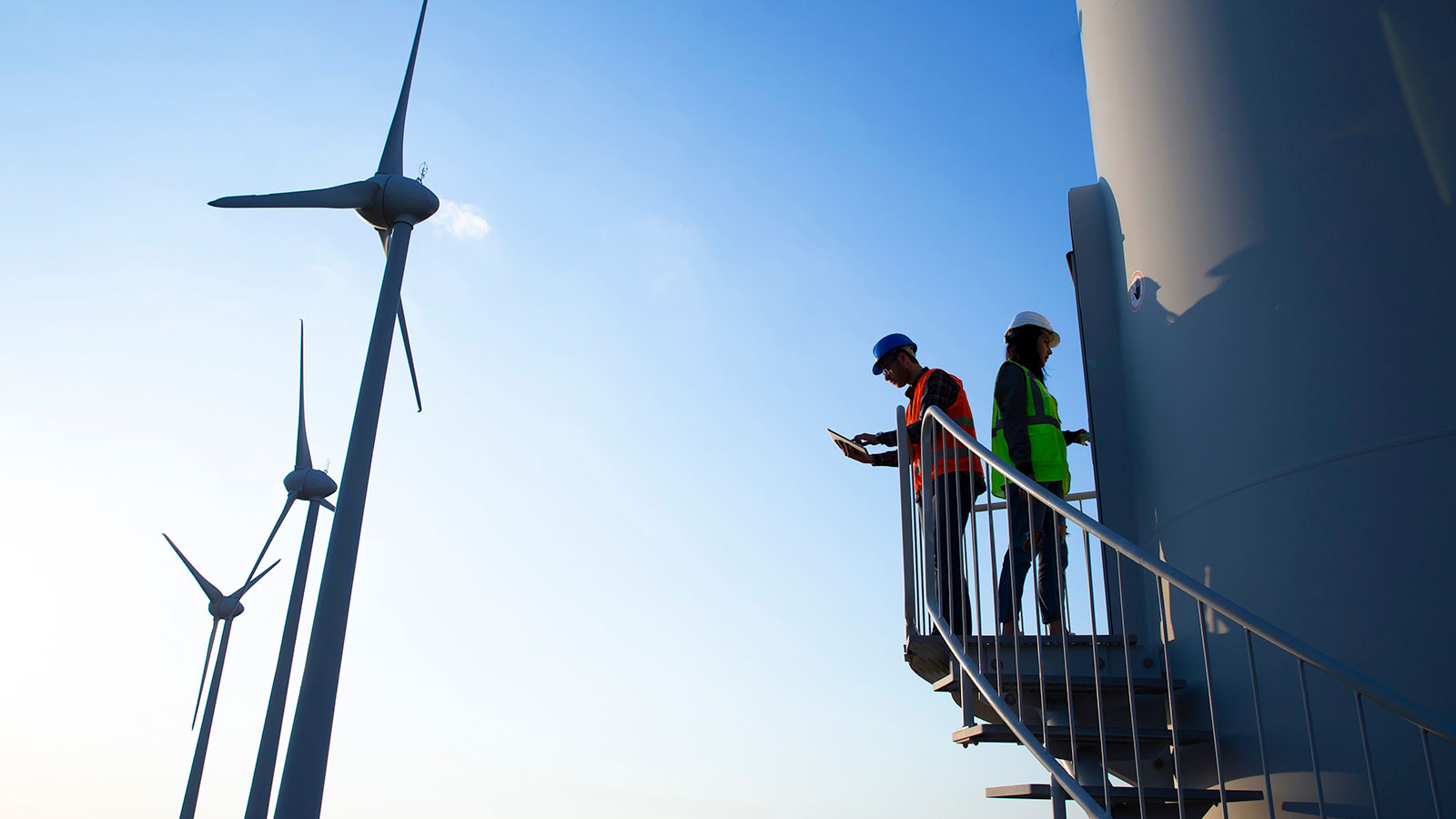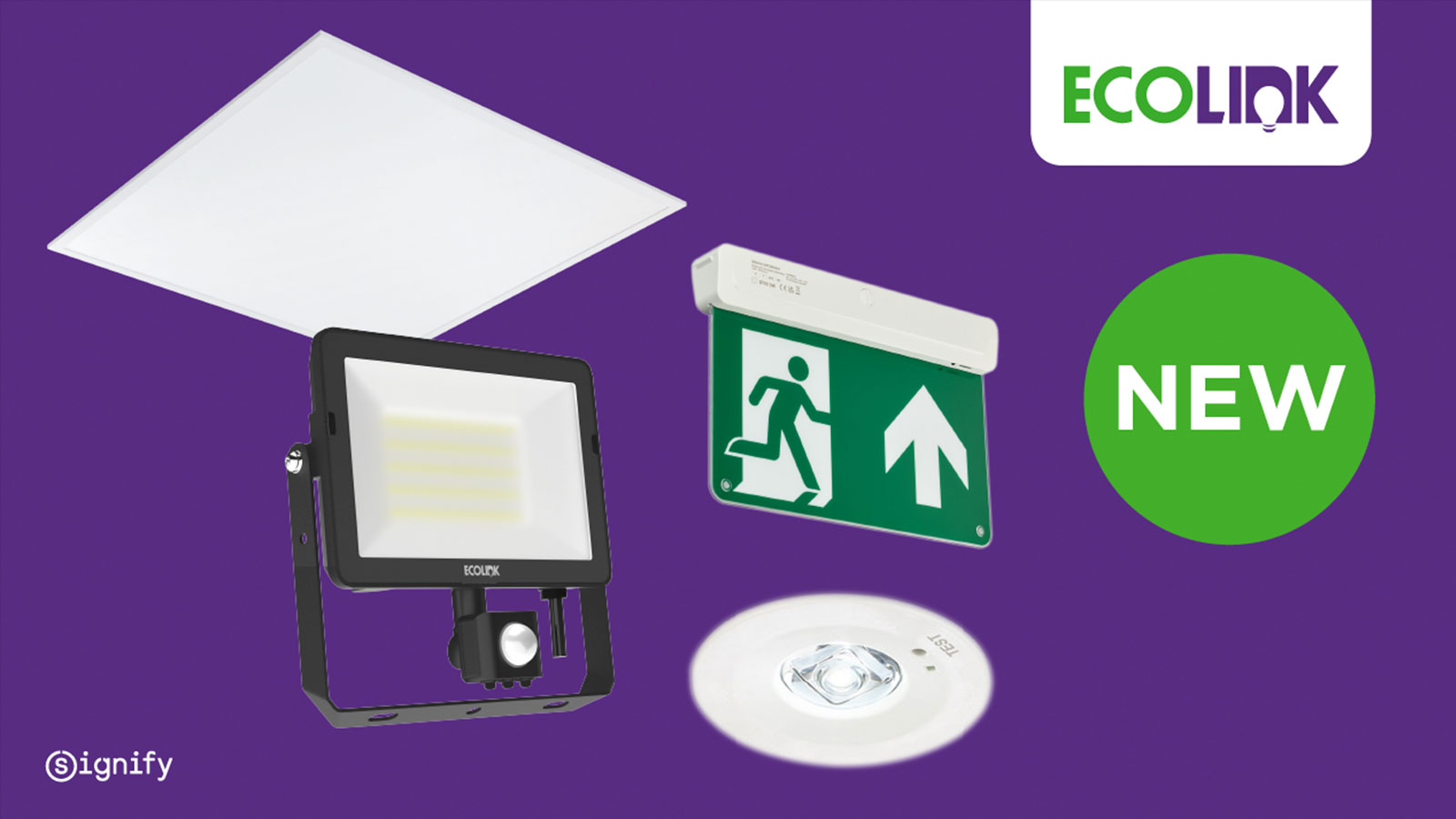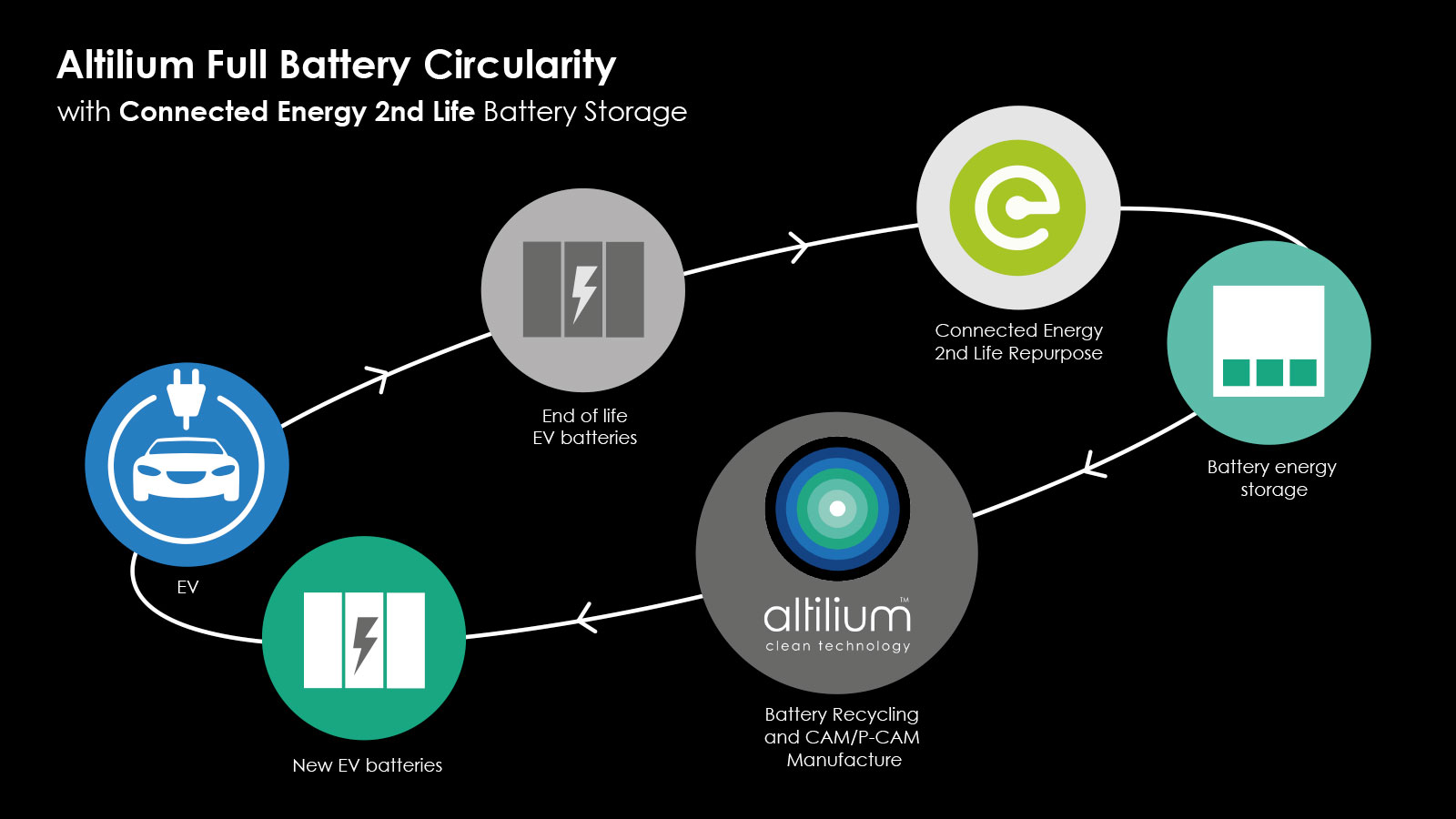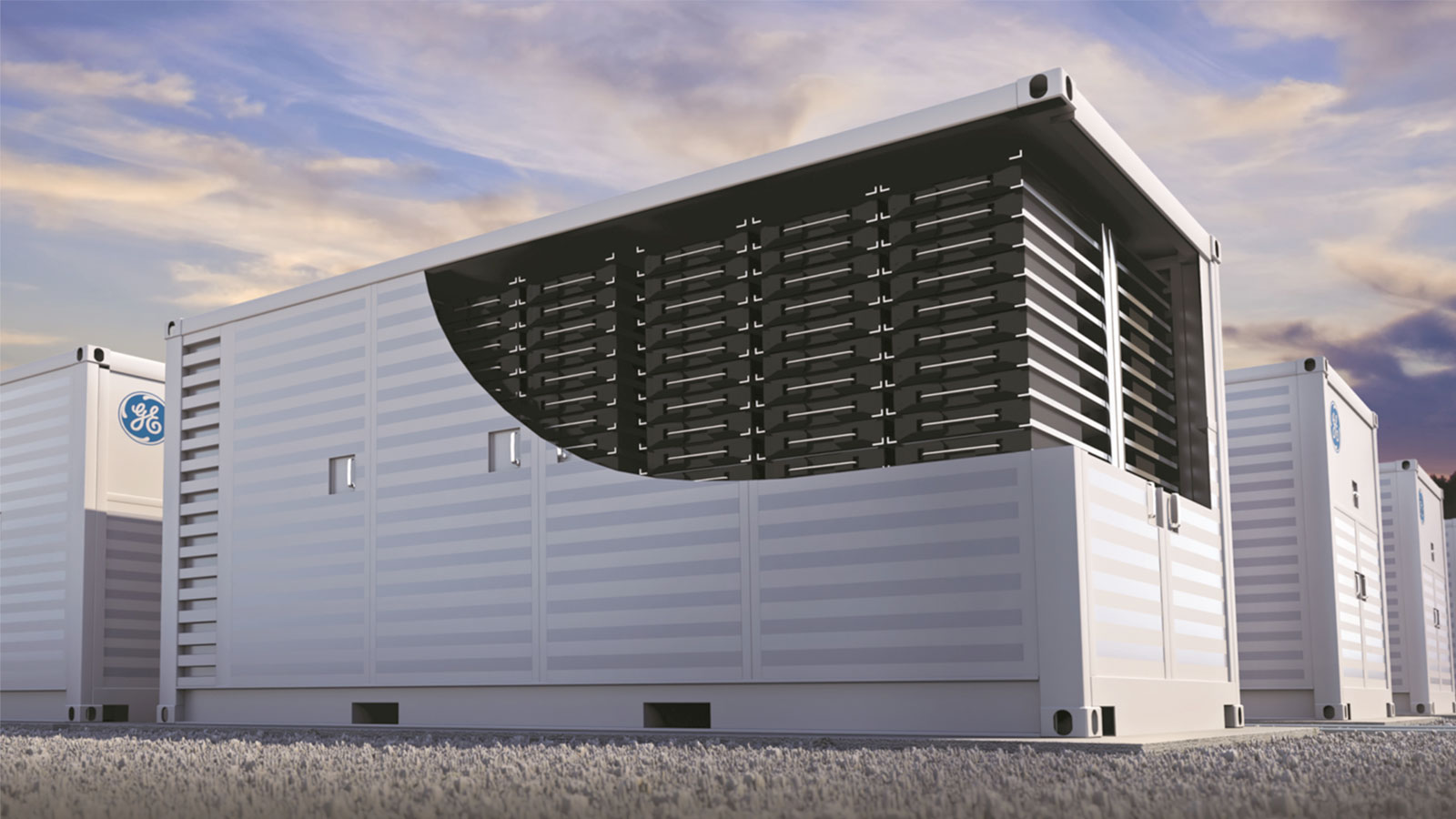Beth Ragdale, Product Specialist at automation and control technology specialist, Beckhoff UK, explains why OT and IT convergence is fundamental in meeting energy efficiency goals.
At the IEA Global Conference on Energy Efficiency event, executive director Fatih Birol said that “we now need to push into a higher gear and double energy efficiency progress by the end of this decade.”
Industry is responsible for 32% of the world’s CO2 emissions — that’s according to Economist Impact, a sustainability-focused platform within The Economist Group. What’s more, it also reveals that most of those carbon emissions are caused by energy consumption.
We’re all well aware of the global efforts to reduce energy consumption, but potentially less so about what technologies can be implemented to achieve these sustainability goals. A strategic approach that should be used is the convergence of Operational Technology (OT) and Information Technology (IT).
The fusion of OT and IT is not a passing trend but a strategic necessity, allowing companies to integrate their industrial control systems with computer networks.
The outcome? Optimised operations which enable data driven decision-making by identifying inefficiencies and gaining insights into the implementation of energy saving measures to improve overall energy management.
The history of IT & OT
IT encompasses the management of information for business, focusing on confidentiality and availability of data. Here, Chief Information Officers (CIOs) traditionally oversee operations, to monitor energy production and consumption in real-time.
In contrast, OT was designed to automate plant equipment and processes, prioritising safety and reliability. From Direct Digital Control Valves to SCADA and Distributed Control Systems (DCS), OT technologies aim to enhance operational efficiency and ensure the smooth functioning of critical machinery.
Chief Operating Officers (COOs) and Plant Managers typically oversee OT, dealing with long depreciating assets, such as legacy machinery, that operate over several decades.
Crucially, OT and IT adhere to different sets of standards tailored to their specific needs. For example, IT commonly follows standards like ISO 27001, emphasising data security and privacy.
Meanwhile, OT relies on standards such as IEC 62443, which prioritises the safety and reliability of industrial control systems.
OT and IT have traditionally relied on different sets of vendors too. ERP/CRM vendors, including SAP and Oracle, currently dominate the IT space and provide business management and data processing options.
In contrast, original equipment manufacturers (OEMs) cater to OR needs, offering specialised equipment and software for industrial automation and control.
The convergence
Advancements in technologies like the Internet of Things (IoT) and big data analytics are driving the convergence of these two worlds. By leveraging IoT sensors, OT systems can collect vast amounts of data from industrial equipment and processes.
This data is then analysed by IT systems using big data analytics tools to derive valuable insights and drive informed decision-making.
Let’s picture a wind turbine. By itself, a wind turbine would be classified as industrial equipment, and it would include all the equipment and electronics necessary to generate power and connect that power to the grid.
But that’s all. By including IoT devices, the wind turbine could use sensors to detect wind direction and intensity while communicating its output and status to a centralised controlling location.
The central facility would analyse the data to provide commands needed to autonomously configure the wind turbine for optimum performance in current weather. It would also create work orders for maintenance, based on operating time and condition sensor data.
On the edge
In an IT/OT convergence strategy, the Industrial Internet of Things (IIoT) infrastructure is pivotal, comprising edge devices for data collection and processing.
Edge devices collect data from industrial equipment to filter and process OT data. Wireless networks send this data to the cloud, and then cloud APIs integrate this data into cloud-based IT systems.
Although distributed IIoT applications are built on cloud IoT platforms, they run on both edge devices and in the cloud to communicate and coordinate with IIoT infrastructure in real-time, informing the IT and OT systems when and how to collect, transmit and process system data.
Edge computing eliminates compromise in IT and OT networking by pre-selecting, sorting and processing relevant data at the edge. This is where software can help, offering a variety of function blocks and protocols, which are specifically designed for edge computing purposes.
Software can embrace IT and OT convergence by adopting standard IT practices for industrial control, integrating Windows, Linux and Microsoft Visual Studio. It can also enable MQTT communication to the cloud, ensuring data analysis and remote programming that bridges manufacturing with cloud systems.
Take a smart grid as an example, the control technology can integrate renewable energy sources, like solar and wind power, into the grid by analysing weather forecasts and energy production data.
Here, software facilitates the communication and coordination between the IT and OT systems, allowing for real time monitoring of renewable energy production and grid demand to optimise the use of renewable energy resources and minimise reliance on traditional fossil fuels.
This makes the convergence of OT and IT an effective strategy in achieving energy efficiency goals, as advocated by global leaders like Fatih Birol.
With an outcome of optimised operations and data driven decision making, control technology is required to facilitate OT and IT for energy management and to reduce the global environmental impact.






